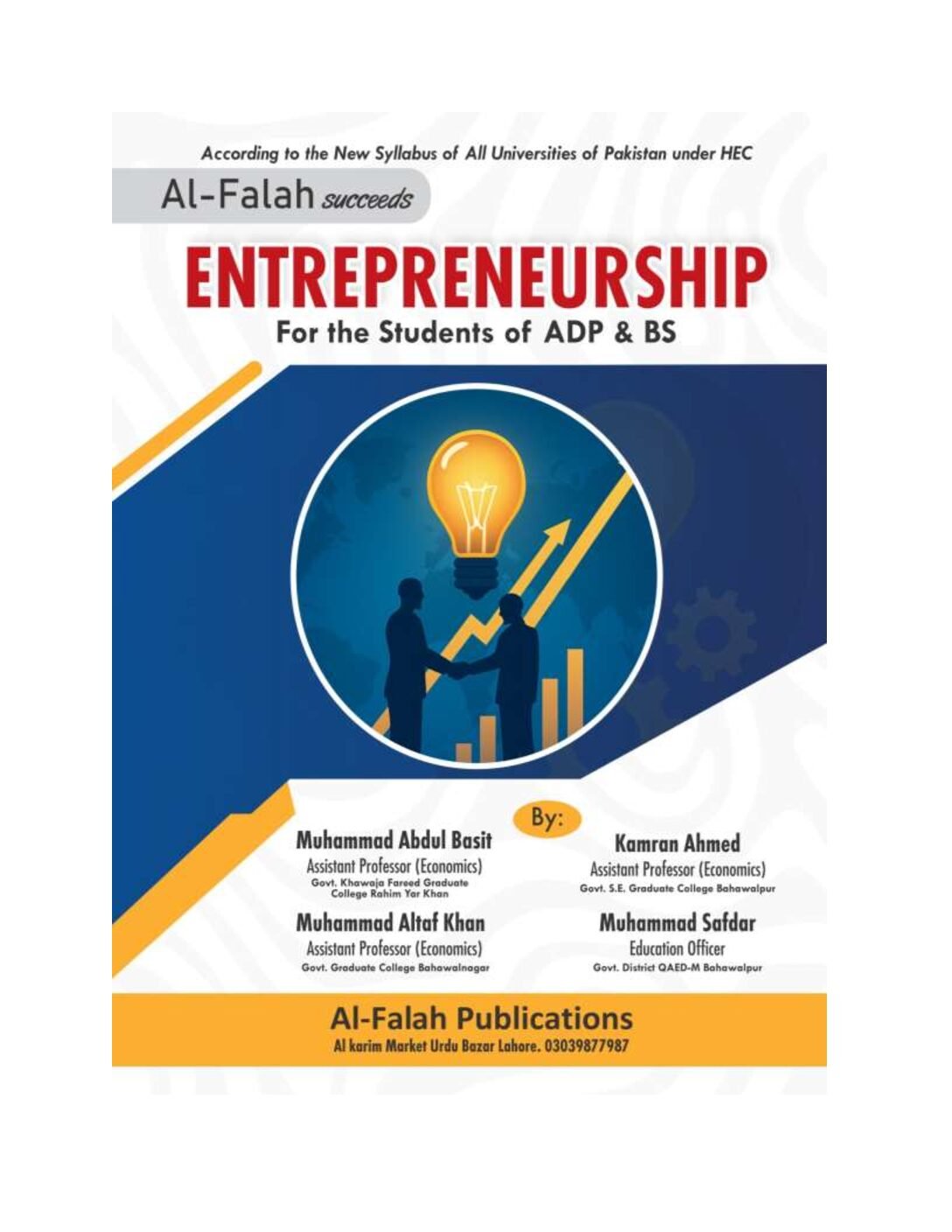10 Groundbreaking EdTech Tools Shaping the Future of Education
EdTech tools are transforming education. Discover 10 groundbreaking AI, VR & adaptive learning platforms shaping tomorrow's classrooms.

EdTech (Education Technology) is revolutionizing how knowledge is delivered and absorbed in modern classrooms. With rapid advancements in AI, machine learning, and immersive technologies, traditional teaching methods are being enhanced by interactive and personalized learning experiences. These innovative EdTech Tools are not only improving student engagement but also empowering educators with data-driven insights to optimize learning outcomes. We explore 10 groundbreaking EdTech Tools that are setting new benchmarks in education.
As digital transformation reshapes industries, the education sector is embracing cutting-edge EdTech platforms to make learning more accessible and effective. From adaptive learning systems to virtual classrooms, these EdTech Tools cater to diverse learning styles while bridging gaps in conventional education. Whether in K-12 schools, universities, or corporate training programs, EdTech Tools is paving the way for a smarter, more connected future of learning.
10 Groundbreaking EdTech Tools Shaping the Future of Education
Kahoot!
Kahoot! is a game-based learning platform that turns quizzes into interactive competitions. Teachers can create custom quizzes, while students participate using their devices, fostering a fun and competitive learning environment. The platform’s real-time feedback helps educators assess comprehension instantly. With millions of users worldwide, Kahoot! enhances retention through gamification, making lessons more engaging. Its cloud-based accessibility allows seamless integration into both physical and virtual classrooms, proving that learning can be both effective and entertaining.
Duolingo
Duolingo leverages AI and machine learning to provide personalized language lessons. Its bite-sized exercises adapt to the user’s proficiency level, ensuring gradual progress. The app’s gamified approach, including streaks and rewards, keeps learners motivated. Used by over 500 million people, Duolingo supports multiple languages, making it a go-to tool for students and professionals alike. Its speech recognition and interactive exercises simulate real-life conversations, enhancing fluency in an engaging way.
Nearpod
Nearpod offers interactive presentations with embedded quizzes, polls, and VR field trips. Teachers can customize lessons and track student progress in real time. The platform’s collaborative features encourage active participation, making learning more dynamic. By integrating multimedia and assessments, Nearpod ensures that lessons are immersive and data-driven. Its compatibility with various devices makes it a versatile EdTech Tools for blended and remote learning environments.
Coursera
Coursera partners with top universities to offer online courses, degrees, and certifications. Its AI-driven recommendations help learners find programs aligned with their career goals. The platform also provides hands-on projects to build practical skills. With flexible learning schedules, Coursera makes higher education accessible to working professionals. Its industry-recognized credentials enhance employability, bridging the gap between academia and the workforce.
ClassDojo
ClassDojo is a communication app that connects teachers, students, and parents. It uses positive reinforcement to track behavior, awarding points for participation and teamwork. The platform also facilitates real-time updates on student progress. By fostering social-emotional learning, ClassDojo creates a supportive classroom culture. Its easy-to-use interface makes it a favorite among educators aiming to build collaborative learning communities.
Scribe
Scribe is an AI-powered tool that generates step-by-step tutorials by recording screen activity. It simplifies employee training and student onboarding by creating visual guides instantly. The platform’s cloud storage ensures easy sharing and accessibility. Ideal for technical training and software education, Scribe reduces the time spent on manual documentation. Its automation capabilities make it a valuable asset for corporate and academic training.
Quizlet
Quizlet uses AI and spaced repetition to optimize study sessions. Students can create digital flashcards, quizzes, and games to reinforce learning. The platform’s Learn and Test modes adapt to individual progress. With over 60 million monthly users, Quizlet supports various subjects and languages. Its collaborative study features allow students to share materials, making group learning more efficient.
Edmodo
Edmodo functions as a secure social platform for schools, enabling communication between teachers, students, and parents. It supports assignment submissions, quizzes, and discussion forums, fostering a connected learning ecosystem. By mimicking Social media interfaces, Edmodo enhances engagement while maintaining a safe digital environment. Its integration with Google Classroom and Microsoft Teams makes it a versatile learning management system (LMS).
Prodigy Math
Prodigy Math combines RPG-style gameplay with math problems for grades 1-8. The platform adjusts difficulty based on performance, ensuring personalized learning paths. Teachers receive analytics to monitor student progress. With over 100 million users, Prodigy Math makes arithmetic fun and interactive. Its adaptive algorithm ensures that students remain challenged without feeling overwhelmed.
Brainly
Peer-to-Peer Learning Platform
Brainly operates as a crowdsourced knowledge network where students worldwide ask and answer academic questions. This community-driven approach creates a supportive environment for collaborative problem-solving across subjects like math, science, and literature.
AI-Powered Moderation for Accuracy
The platform uses AI moderation and expert verification to ensure high-quality, reliable answers. Users can upvote solutions, helping the best responses surface while filtering out incorrect information.
Gamification for Engagement
Brainly incorporates points, ranks, and rewards to motivate participation. Students earn recognition for helpful contributions, turning homework help into an interactive, game-like experience.
Multi-Language
With support for multiple languages (English, Spanish, Portuguese, etc.) and diverse academic topics, Brainly serves a global user base, breaking down language barriers in education.
Instant Homework Assistance
Students get real-time answers to specific questions, making it ideal for last-minute homework help. The platform’s searchable database also provides access to previously answered queries.
Accessibility Across Devices
Available as a web platform and mobile app, Brainly ensures 24/7 access to homework support, aligning with modern students’ on-the-go learning habits.
Teacher Tools
Educators and parents can monitor students’ activity, track progress, and guide learning while ensuring a safe, academic-focused environment free from distractions.
Free and Premium Options
While basic Q&A is free, Brainly Plus offers ad-free browsing, faster answers, and tutor access, catering to different user needs and budgets.
Impact on Learning Outcomes
By promoting collaborative problem-solving, Brainly helps students grasp concepts faster while building critical thinking and communication skills essential for academic success.
Read More: Best SEL Activities to Boost Student Engagement & Mental Health
Conclusion
EdTech (Education Technology) has undeniably transformed the educational landscape, offering innovative solutions that make learning more engaging, accessible, and effective. From AI-powered tutors to immersive VR classrooms, these EdTech Tools are breaking down traditional barriers and creating personalized learning experiences for students worldwide. As technology continues to evolve, EdTech Tools will play an even greater role in shaping how knowledge is acquired and applied in real-world scenarios.
The future of education lies in the seamless integration of these groundbreaking EdTech Tools into both physical and virtual learning environments. By embracing these advancements, educators can foster lifelong learning, critical thinking, and collaboration skills essential for success in a rapidly changing digital world. As we move forward, EdTech Tools will remain at the forefront of educational innovation, ensuring that learning remains dynamic, inclusive, and future-ready.
What are EdTech tools?
EdTech tools are digital platforms and applications that enhance learning through technology, including AI tutors, virtual classrooms, and gamified learning systems.
How does EdTech improve education?
These EdTech Tools make learning more interactive, personalized, and accessible, helping students grasp complex concepts while giving teachers data-driven insights.
Are EdTech solutions only for schools?
No, EdTech benefits K-12 schools, universities, corporate training, and even self-learners, offering scalable education solutions for all ages.
What makes a good EdTech tool?
The best EdTech Tools combine engaging content, adaptive learning, real-time feedback, and seamless integration with existing education systems.
Will EdTech replace teachers?
No, EdTech complements teachers by automating routine tasks and providing analytics, allowing educators to focus on mentorship and personalized instruction.











